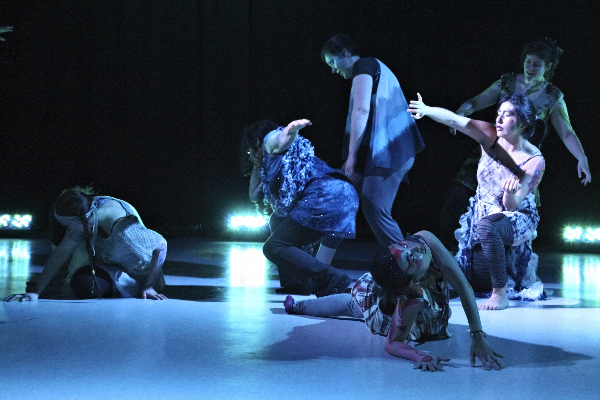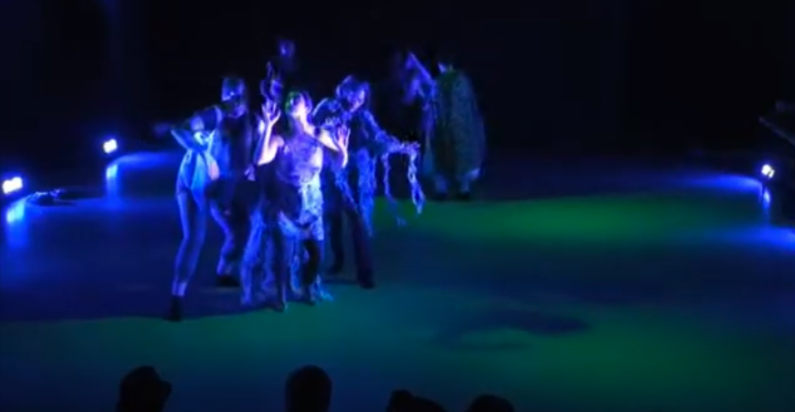Cultural Mediation
I really like the term Cultural Mediation, if only for its similarity to Intercultural Mediation, the process of mediating between cultures. I will keep using this term in English to contribute to its spread, and to narrow the gap between Cultural Mediation as an artistic practice and Cultural Mediation as a means to enable communication between people of different cultural backgrounds.
Since the beginning of humanity, art has served as a mediator, a communicator, a unifier and an ambassador. That’s why I think it’s funny to have to mediate to make art more accessible to the public. At the same time, society is ever evolving. Could it be that our contemporary reality has distanced the art world from the rest of society or is it, on the contrary, that our expectations have changed? Are we, as a society, calling for universal access to art, whereas in the past certain types of art were reserved for certain social classes? Whatever the answers, we cannot deny that, in today’s Quebecois and Canadian societies, few cultivate a close relationship with dance.
Nuit Blanche 2020 participatory event. Participants were invited to create shadow plays behind a white curtain, improvising with their bodies and a few objects, such as lace doilies.
My approach to Cultural Mediation is based on recognition of the many roles that art has played in different societies since the beginning of humanity. Cultural Mediation cannot be reduced to a simple recipe. Every work of art is an intelligent system with its own ways of interacting with society and the public. Even as I work to build bridges between the art world and different communities, I recognize that art already speaks for itself and creates connection.
More specifically, because the body is at the center of dance, dance is an ideal way to enrich people’s relationships with themselves, with others and with the environment, through the creative expression of their bodies.
Most of my artistic projects have a Cultural Mediation component, conducted in parallel with the creative process. I think best when I’m sharing and receiving feedback, therefore I integrate participatory events for the general public fairly early on in the creation of a work. For example, the creation of Voda-Eau-Water, included some thirty open rehearsals and other participatory events that were a tremendous help in developing the material. Each participatory event was built in accordance with the exploratory needs and wishes of the artistic team. Our specialty, however, remains dancing feedback from the audience.
Sometimes, Cultural Mediation is at the very heart of a project, as it is in Autour d’eau. Conceived in partnership with the Femmes en Action project at the Centre communautaire de loisirs Sainte-Catherine d’Alexandrie, with the support of the Canada Council for the Arts, this project enabled me to explore the relationship between humans and water in a multicultural group. For their part, the project participants found new ways to express themselves and experience empowerment through the medium of dance.
Autour d’eau, 2012 / Photographer: Chris MacKenzie
In short, every cultural mediation project is different and specially designed according to context, needs and challenges. However, the core values remain the same:
- Partnership: Each participant is a valued partner.
- Sharing knowledge and power: Every person and every community has power and expertise in some areas, but not in others. The absurdity of our world is such that sometimes the experts have no power, while those with power have no expertise. Our collaborative projects are based on the principles of knowledge exchange and sensitivity to power dynamics.
- Fair exchange: The exchange must be perceived by all participants as fair, which is to say that participants are satisfied with their contribution to the project in relation to what they have gained from it.
Don’t hesitate to reach out to me with your ideas for cultural mediation projects. I love designing these projects and carrying them out in partnership with different people and communities.
Vodichka
2018 / Photographer: Julia MercierVodichka was born out of a collaboration between artists and citizens in Laval, as part of the program Cultural Bridges, From One Shore to the Other. Together, we created a work for all audiences, danced by seven citizens of various ages and ethnic and cultural backgrounds.
Video: Vodichka project participants become cultural mediators themselves after the show. The progress they made through their participation in the project shines through as they pass on the pleasure of dancing and celebrate the right of all to self-expression through dance.








